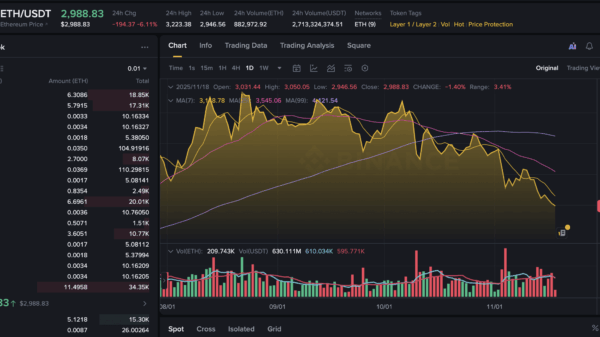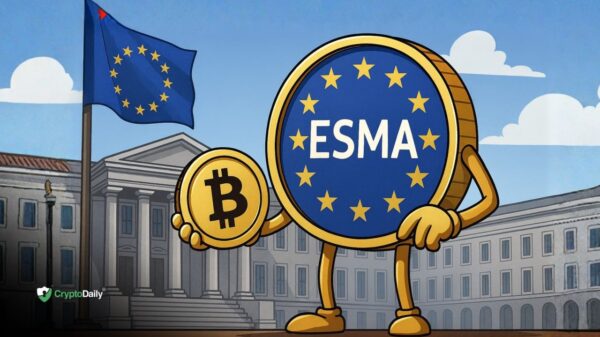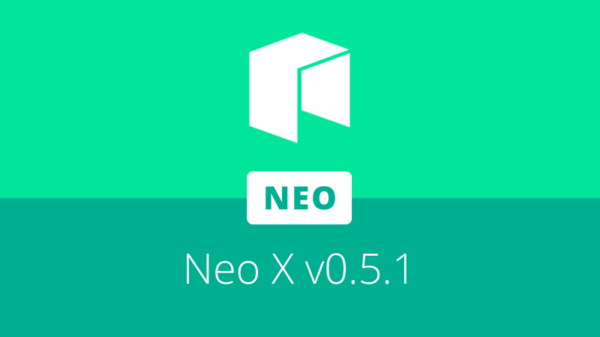Sui has officially launched its native stablecoin, USDsui, on November 12, positioning itself as a competitor in the race for dollar dominance within the blockchain ecosystem. This stablecoin utilizes the Bridge platform, which was acquired by payments giant Stripe for $1.1 billion in February 2025. This strategic partnership not only enhances Sui”s infrastructure but also aims to provide a legitimate foothold within traditional finance.
The introduction of USDsui signifies a decisive shift in the stablecoin landscape, with numerous layer-1 blockchains opting to launch their own native stablecoins instead of relying on existing solutions like USDC or USDT. By adopting this model, Sui intends to capture the substantial revenues typically associated with stablecoin transactions, which have been predominantly funneled to issuers like Circle and Tether.
Adeniyi Abiodun, co-founder and chief product officer at Mysten Labs, articulated the significance of this launch, stating, “This landmark product launch connects Sui”s native assets directly to global commerce, fintech, and traditional financial rails.” With regulatory compliance as a priority, USDsui is set to align with the GENIUS Act upon its implementation.
Interoperability is another key feature of USDsui; it will be compatible with other stablecoins powered by Bridge across major platforms such as Phantom, Hyperliquid, and MetaMask. The Open Issuance platform from Bridge facilitates the deployment of custom stablecoins using an enterprise-grade infrastructure, differentiating itself from the conventional method of merely bridging existing tokens.
The decision to pursue a native stablecoin approach was largely justified by Sui”s impressive stablecoin transfer volume, which reached $412 billion in combined transactions between August and September 2025. Under the traditional model, transaction fees would benefit issuers like Circle or Tether. However, with USDsui, these revenues are redirected back to the Sui ecosystem, fostering growth and investment within the network.
The competitive landscape for stablecoins has intensified in 2025, with several layer-1 blockchains launching their own dollar-pegged assets. Notable examples include Ethena Labs deploying its Stablecoin-as-a-Service model and PayPal expanding its PYUSD to new platforms. Each of these approaches presents unique advantages, with Ethena focusing on crypto-native infrastructure, while PayPal leverages its brand recognition and regulatory compliance.
As the stablecoin market continues to evolve, Sui”s initiative to launch USDsui reflects a broader trend where blockchains are taking ownership of their dollar infrastructure, signaling a potential shift in the balance of power in the stablecoin sector.






































































